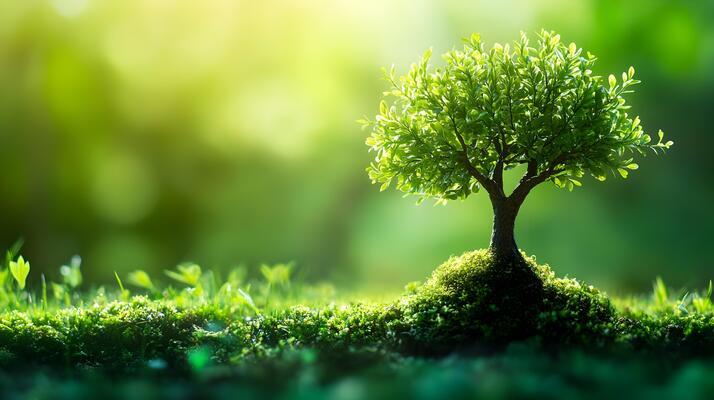The environment is the life-support system of our planet. It encompasses everything around us — the air we breathe, the water we drink, the land we live on, and the ecosystems that sustain all life. From lush rainforests and mighty oceans to silent deserts and bustling urban parks, the environment provides not only our basic needs but also beauty, balance, and inspiration. Yet, in the pursuit of progress, humanity has pushed the environment to a breaking point. Now more than ever, protecting the environment is not an option — it is a duty.
What Is the Environment?
The environment is the sum total of all living and non-living things that interact in a complex web of life. It includes:
-
Natural Components – Mountains, rivers, forests, oceans, wildlife, atmosphere.
-
Biotic Factors – All living organisms like plants, animals, bacteria, and humans.
-
Abiotic Factors – Non-living components like sunlight, air, soil, temperature, and water.
-
Human-made Environment – Cities, infrastructure, industries, and technology created by humans.
These components are interconnected, and any imbalance can lead to serious consequences.
Importance of a Healthy Environment
A well-balanced environment is crucial for the survival of all species. It provides:
-
Air to Breathe – Trees and oceans absorb carbon dioxide and release oxygen.
-
Water to Drink – Clean rivers and groundwater sustain life and agriculture.
-
Food to Eat – Fertile soil, pollinators, and climate regulate crop growth and animal habitats.
-
Climate Regulation – Forests and oceans regulate temperature, rainfall, and weather patterns.
-
Biodiversity – A rich variety of life ensures stability, resilience, and beauty in ecosystems.
-
Resources for Living – Wood, minerals, fuels, and fibers come from nature.
If the environment is damaged, all these vital services are threatened.
Environmental Challenges Today
The modern world faces many serious environmental problems caused largely by human activity:
1. Pollution
-
Air pollution from vehicles, factories, and burning fuels leads to respiratory issues and climate change.
-
Water pollution from industrial waste, sewage, and plastic harms aquatic life and contaminates drinking water.
-
Soil pollution due to chemicals and deforestation affects agriculture and food safety.
-
Noise and light pollution disrupt wildlife and human health.
2. Climate Change
The increase in greenhouse gases like CO₂ is causing global warming, melting glaciers, rising sea levels, and extreme weather events such as floods, droughts, and heatwaves.
3. Deforestation
Forests are being cut down for timber, farming, and development, leading to habitat loss, reduced oxygen levels, and soil erosion.
4. Loss of Biodiversity
Thousands of species are going extinct due to habitat destruction, pollution, and hunting, weakening the natural balance.
5. Overpopulation and Overconsumption
More people means more demand for land, water, and energy — often beyond what the Earth can sustainably provide.
Protecting the Environment: What Can Be Done?
Solving environmental problems requires global cooperation and local action. Here are some key solutions:
1. Reduce, Reuse, Recycle
Minimize waste by reducing consumption, reusing materials, and recycling paper, plastic, glass, and metal.
2. Switch to Renewable Energy
Solar, wind, hydro, and geothermal power reduce dependency on fossil fuels and lower carbon emissions.
3. Afforestation and Reforestation
Planting more trees helps absorb CO₂, provide oxygen, and restore wildlife habitats.
4. Conserve Water and Energy
Turn off taps, fix leaks, use energy-efficient appliances, and switch off lights when not in use.
5. Eco-friendly Transportation
Walk, cycle, or use public transport to reduce pollution and traffic congestion.
6. Sustainable Agriculture
Use natural fertilizers, crop rotation, and organic methods to protect soil and reduce chemical use.
7. Laws and Policies
Governments must enforce environmental regulations, protect wildlife, and promote green technologies.
8. Environmental Education
Creating awareness in schools, communities, and media encourages people to act responsibly toward nature.
The Role of Youth and Communities
Young people have a crucial role to play in environmental conservation. They are the most creative, energetic, and passionate advocates for change. Through eco-clubs, awareness drives, clean-up campaigns, and social media, the youth can lead the movement for a greener world.
Communities can also work together to manage waste, plant trees, adopt sustainable practices, and demand action from leaders.
Global Efforts to Protect the Environment
Many international agreements and organizations are working to address global environmental challenges:
-
The Paris Agreement – A global treaty to limit global warming to below 2°C.
-
United Nations Environment Programme (UNEP) – Coordinates global environmental activities and supports countries in implementing green policies.
-
World Environment Day – Celebrated on June 5 to spread awareness and encourage action.
-
Convention on Biological Diversity – Aims to protect species and ecosystems.
Conclusion: Our Planet, Our Responsibility
The environment gives us life — and now it needs our protection. Every small action counts, whether it's planting a tree, picking up litter, conserving water, or spreading awareness. We owe it to ourselves, to future generations, and to every living creature to be better stewards of the Earth.
Because we don’t inherit the Earth from our ancestors — we borrow it from our children. Let’s ensure we return it better than we found it.

